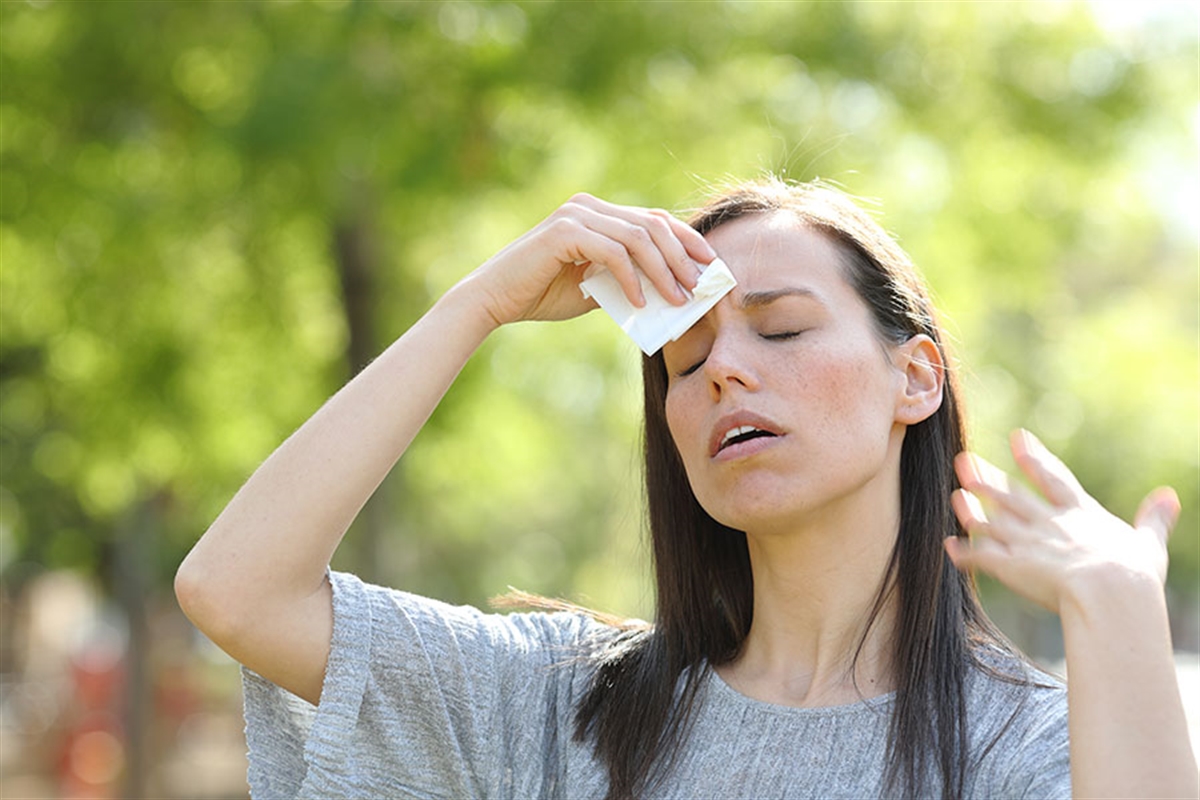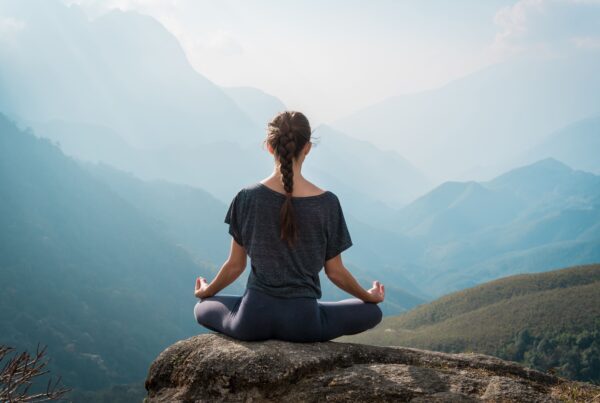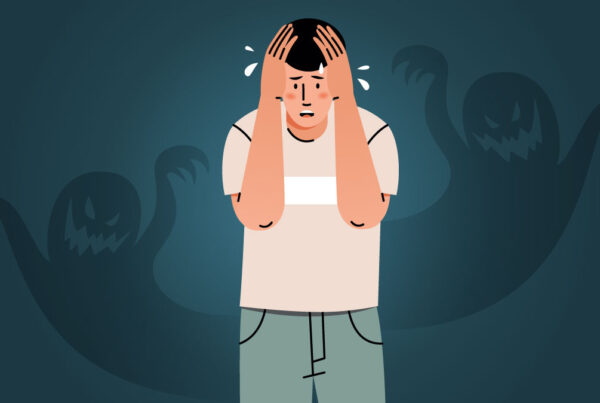As the sun shines brightly during the warmer months, it’s easy to enjoy the outdoors. However, it’s crucial to be mindful of the risks associated with prolonged sun exposure, such as sunstroke (also known as heatstroke). Sunstroke occurs when your body overheats and is unable to cool itself effectively. It can be a serious medical emergency, but fortunately, there are several steps you can take to keep yourself safe from this potentially dangerous condition.
Here’s how you can protect yourself from sunstroke and ensure your time in the sun remains safe:
1. Stay Hydrated
The most important thing you can do to protect yourself from sunstroke is to stay hydrated. Heat can lead to excessive sweating, which causes your body to lose fluids and salts quickly. When you’re dehydrated, your body’s ability to regulate temperature becomes less effective.
Tips:
- Drink water regularly throughout the day, especially before and after exposure to the sun.
- Avoid alcohol or caffeinated beverages, as they can dehydrate you.
- Drink water even if you don’t feel thirsty, as thirst is often a delayed signal of dehydration.
2. Wear Lightweight, Breathable Clothing
What you wear plays a significant role in your ability to stay cool in hot weather. Tight, dark, or heavy clothing can trap heat and increase your risk of overheating.
Tips:
- Opt for light-colored clothing, which reflects the sun’s rays.
- Choose loose-fitting garments made of natural, breathable fabrics like cotton or linen.
- Wear a wide-brimmed hat to protect your face and neck from direct sunlight.
3. Seek Shade When Possible
Limiting direct sun exposure, especially during the hottest parts of the day, can significantly lower your chances of developing sunstroke. The sun is most intense between 10 a.m. and 4 p.m., so avoid being outside during these hours when possible.
Tips:
- Find a shaded area to rest when you’re outside, such as under trees, umbrellas, or awnings.
- Use a portable fan or a cooling towel to help cool your body down when in the sun.
4. Apply Sunscreen Regularly
While sunscreen is primarily used to prevent sunburn, it also helps keep you safe in extreme heat. Sunburn can damage your skin and contribute to heat exhaustion and sunstroke.
Tips:
- Choose a broad-spectrum sunscreen with an SPF of at least 30 and reapply every two hours.
- Apply sunscreen generously, especially on exposed areas like your face, neck, and ears.
5. Take Breaks and Avoid Overexertion
Exercise and physical activity can increase your body temperature, making you more susceptible to sunstroke. It’s important to take regular breaks and avoid pushing yourself too hard when it’s hot outside.
Tips:
- If you’re exercising outdoors, take frequent breaks in the shade and drink water during your rest periods.
- Try to exercise in the cooler early mornings or late evenings to avoid the midday heat.
6. Acclimate Your Body to Hot Weather Gradually
If you’re not used to hot climates, or if you’re about to engage in an activity like hiking or sports in the sun, it’s important to give your body time to adjust to the heat.
Tips:
- Gradually increase the amount of time you spend in the heat over a few days to help your body adapt.
- Avoid jumping into intense physical activities until you’ve acclimated to the environment.
7. Know the Signs of Sunstroke
Recognizing the symptoms of sunstroke early can be a lifesaver. The sooner you identify the problem, the faster you can take action to cool down your body and seek medical help if necessary.
Signs of sunstroke include:
- High body temperature (above 103°F or 39.4°C)
- Confusion, dizziness, or a headache
- Nausea or vomiting
- Hot, dry skin (no sweating)
- Rapid heart rate or shallow breathing
- Unconsciousness (in severe cases)
If you or someone else shows signs of sunstroke, seek medical help immediately. Move the person to a cool place, try to cool them down with water or cool compresses, and offer fluids if they are conscious and able to drink.
8. Use Cooling Products
There are many cooling products available that can help you maintain a lower body temperature. These can be especially useful for people who must spend long hours outdoors, such as athletes, workers, or tourists.
Tips:
- Use cooling towels, which are designed to retain moisture and provide instant cooling.
- Wear a cooling vest or headband to keep your body temperature in check.
- Carry a portable fan or misting spray to cool off when needed.
9. Avoid Hot Showers or Baths After Sun Exposure
After spending time in the heat, it might seem tempting to jump into a hot shower, but this can actually increase your body temperature further.
Tip:
- Opt for a lukewarm or cool shower to help bring your body temperature down.
10. Monitor Vulnerable Groups
Certain groups of people are more susceptible to sunstroke, including young children, the elderly, and individuals with chronic medical conditions. If you’re caring for someone in these groups, take extra precautions to ensure they are well protected from the sun.
Tips:
- Keep children and elderly individuals indoors during peak heat hours.
- Ensure they stay hydrated, wear sunscreen, and are dressed appropriately.
By staying hydrated, dressing appropriately, seeking shade, and recognizing the signs of sunstroke, you can significantly reduce your risk of experiencing this dangerous condition. Remember, prevention is key to enjoying the sun safely. If you take the necessary precautions and listen to your body, you can ensure a fun and safe time outdoors, no matter how hot it gets.




